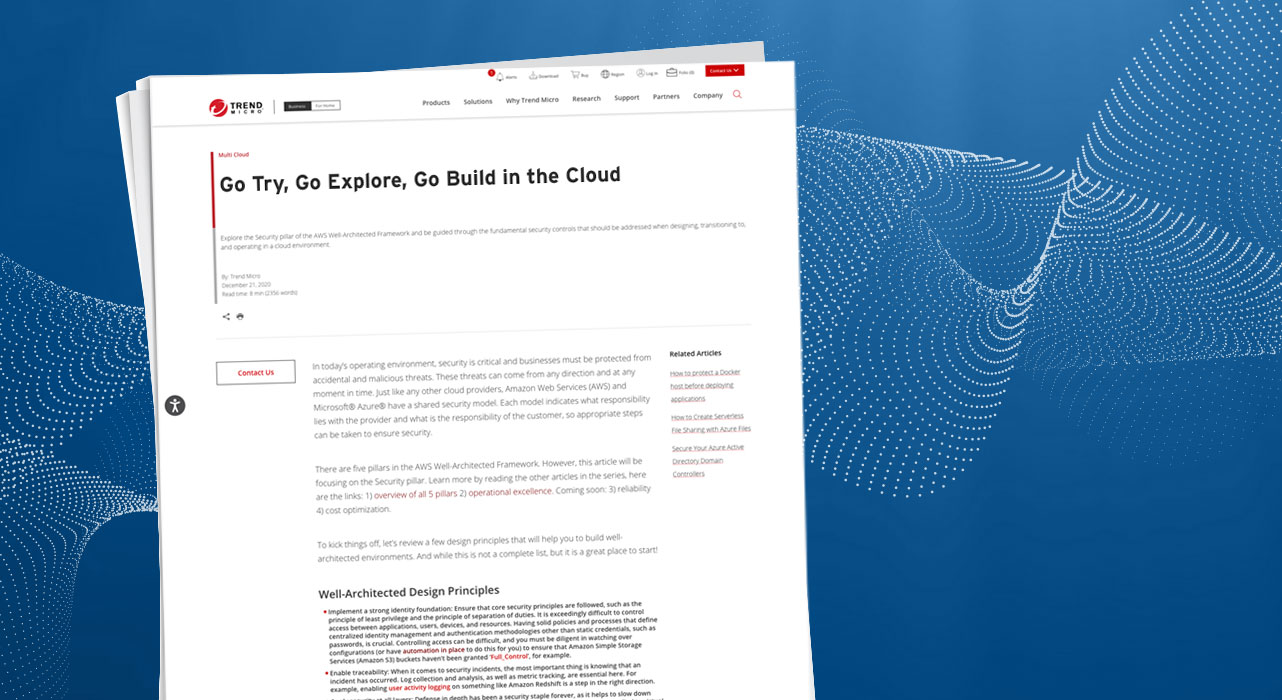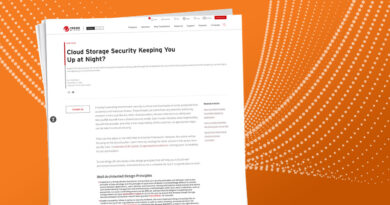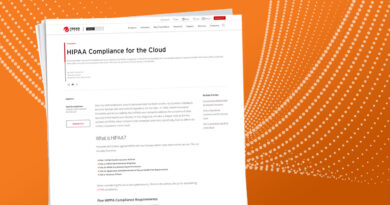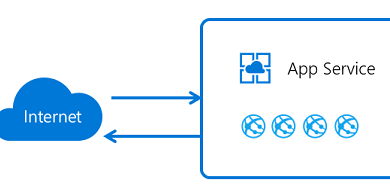Go Try, Go Explore, Go Build in the Cloud Principal Cloud Architect, 1898 and Co.


Go Try, Go Explore, Go Build
One of the best things about the cloud is the flexibility it gives me to try new things and push the boundaries of the modus operandi. After spending more than 15 years spearheading IT innovations across a variety of organizations, I’ve learned that the cloud has the ability to enhance business outcomes. No matter how good things seem, I believe there’s always an opportunity to do better.
For me, leadership is about the relentless pursuit to improve, seek out blind spots, and learn new methods that drive better outcomes. If you are like me, you see the cloud as providing the agility needed to rebel against the status quo and find ways to advance our businesses. Don’t get me wrong—there doesn’t have to be a big hole in an environment that needs filling or a critical issue to fix. There just has to be an agreement that we can do better, move faster, and reduce cost.
The good news about using the cloud to drive your business forward is that the changes you make don’t always have to be monumental. In fact, small, incremental changes make a significant difference over the life time of a deployment—a one percent change today can make a substantial difference over a year. By focusing on small wins on a regular basis, you can significantly grow a business. But before moving forward on any cloud tasks, we must first do the critical step of assessing where we are today so that we can move forward with purpose.
Define assessment methods
Assessment methods are critical to determining where you are at any given moment, and whether or not you’re improving. There are three primary assessment methods: Manual or subject matter expert (SME)-driven, guided or scripted, and automated. Let’s take a closer look at the pros and cons of each approach.
1. Manual or SME-Driven
The manual or SME-driven approach involves an expert exploring various options and determining potential outcomes. With this approach, you can go much deeper on an individual use case to gain greater context and a better view of opportunities. However, just because you can go deeper doesn’t mean you should. It all depends on the use case. Using this approach allows you to develop a quick list of prescribed best practices. It also enables you to gain greater context and a broader group of architects and security professionals feeding the catalog. The downside to this approach is that it takes time to figure out the value of each opportunity and only provides you a snapshot in time.
2. Guided or Scripted
A guided or scripted approach is a middle-ground tactic that involves using the AWS Well-Architected Framework or similar tools available on the market. You simply follow the steps, and the tool provides recommendations. On its own, the guided or scripted method is not nearly as deep as the manual approach, but it’ll have much more breadth. The true value of the guided assessment method is that it can drive conversations between a SME and the use case owner. Working together, the SME can get an idea of what the use case owner is trying to accomplish and can then provide value. This method focuses on driving organizational thought and helps decide where to deploy resources. The downsides are it’s not a good method for getting to the heart of an issue and it can also be time-consuming.
3. Automated
Automated tools, such as Trend Micro Cloud One™ – Conformity, automatically assess your environments and compare them to hundreds of documented best practices. They alert you to anomalies and provide a list of specific recommendations. The benefit of this type of automated approach is speed. You don’t have to spend weeks gathering information because the automated tool does it for you. An automated approach also provides real-time guardrails, so users can build and explore without concern that security restrictions will hold them back. Finally, the best benefit to the automated method is that it provides a scoreboard, allowing you to see and track the posture of an environment over time. The downside of an automated tool approach is that you won’t always get the context needed to understand the reasons behind an inquiry.
Make the cloud work for you
As we’ve seen, all assessment methods have value. To be truly effective, use a combination of all three methods; they can work in concert to provide a more comprehensive approach to mapping enhancements and operational efficiencies. But the beauty of starting with an automated tool is that you get that list of recommendations and can then use it as a jumping off point to dive deeper into the right opportunities.
No matter what combination of methods you use to improve your environment and drive growth, the broader takeaway is that there are always improvements to be made. That’s the main reason we love working in the cloud. It allows us to make those incremental changes today and realize the value of those changes tomorrow.
Although the benefits of the cloud most often advertised are elasticity, scalability and security, I believe the true value of cloud goes deeper than that. With cloud, you don’t have to predict as much as you used to. And because you don’t have to predict as far into the future as you did in the past, you have an opportunity to continuously look for incremental ways to bring cost and value together for the benefit of the business. To me, those small wins really add up.
Read More HERE



